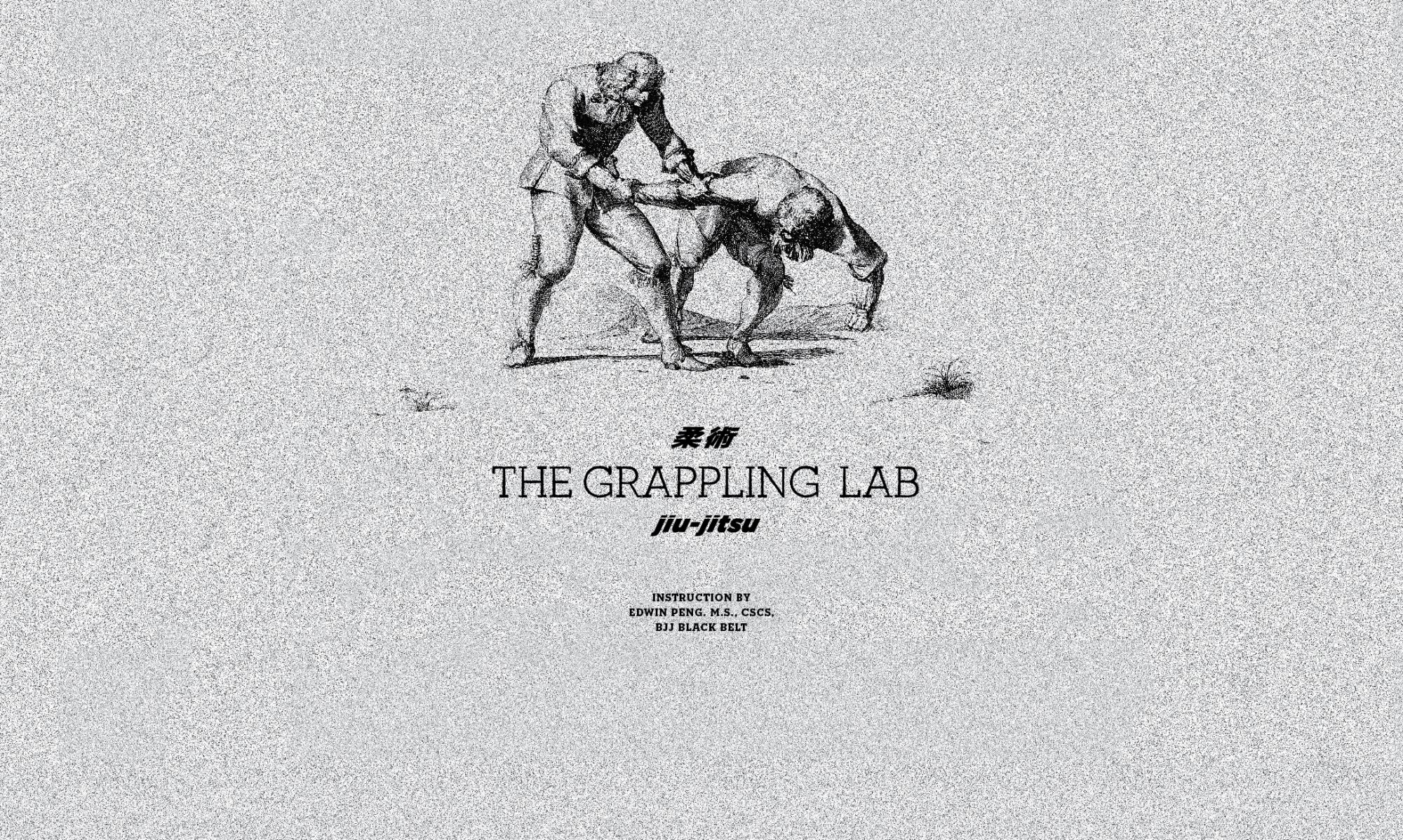Motor control is the process in which humans learn to coordinate their muscles and bodies in order to create a movement. Motor control lays the coordination foundations for movement. Motor learning is the process of learning the actual coordination of specific motor skills.
The question is this: when do you consider a skill learned? You may have noticed that you can execute a technique during practice against varying degrees of resistance, but won’t be able to execute the same technique during live rolls. After hundreds of repetitions of a technique you still will not be able to execute a technique. Why? Is this a problem with drilling or a problem with learning? In this series I will present ways to improve skill learning and optimize performance.
BJJ COMPLEXITY
BJJ is one of the most difficult martial arts to learn due to the complexity of movements and strategies involved. During live rolling sessions, two practitioners must try to move and reach their movement goals while their opponent is actively trying to stifle their advancement and achieve their own movement goals. Each practitioner must try to time their movements to take advantage of their opponent’s balance, and to find stability as their opponent tries to destabilize them. Every roll is unique due to the varying anthropometrics of each practitioner (mass, height, limb length) and the near infinite strategies one may adopt for each roll. Each practitioner must understand how to control their opponent by gripping their gi or limbs, or taking advantage of lever points inherent in the human body.
It is often difficult for new practitioners to become proficient in grappling because most people do not have much experience moving around on the floor after they learned to walk. Other martial arts are much easier to pick up since the basic posture is upright and standing, while the postures for BJJ mostly consists of lying on the ground with your back against the floor or with your front against your opponent. Moving from these positions and postures is extraordinarily difficult for most new practitioners, and you’ll find that many times a beginner will not be able to complete the warm-up section of class – particularly shrimping and crawling sequences. Learning these basic movements will enable a practitioner to quickly improve their BJJ. Once a new practitioner is comfortable with basic movements, they will quickly discover that those basic movements only provide a starting point for more complex movements and actions. The level of complexity in movements quickly increases from basic movements to such movements as inversions and basic gymnastics.
The other reason BJJ is one of the more difficult martial arts is due to the complexity of the strategy involved in each roll. Every position has many different available movements and maneuvers, and each maneuver will chain off into different maneuvers. Every technique has a counter-technique, and every counter-technique has a counter-counter-technique. All of these strategic choices must be made in real-time while under pressure of an opponent who is actively trying to achieve their own goals.
No sport consists of a singular skill, but many different skills that are put together to create a game. In team sports such as basketball or football each player is given a position in which they have to learn a set of skills to accomplish the goals of the position. In BJJ however, each player must learn the skillsets required for every position. Each student must learn the movements and techniques associated with every position of the sport and become a threat in as many positions as possible.

